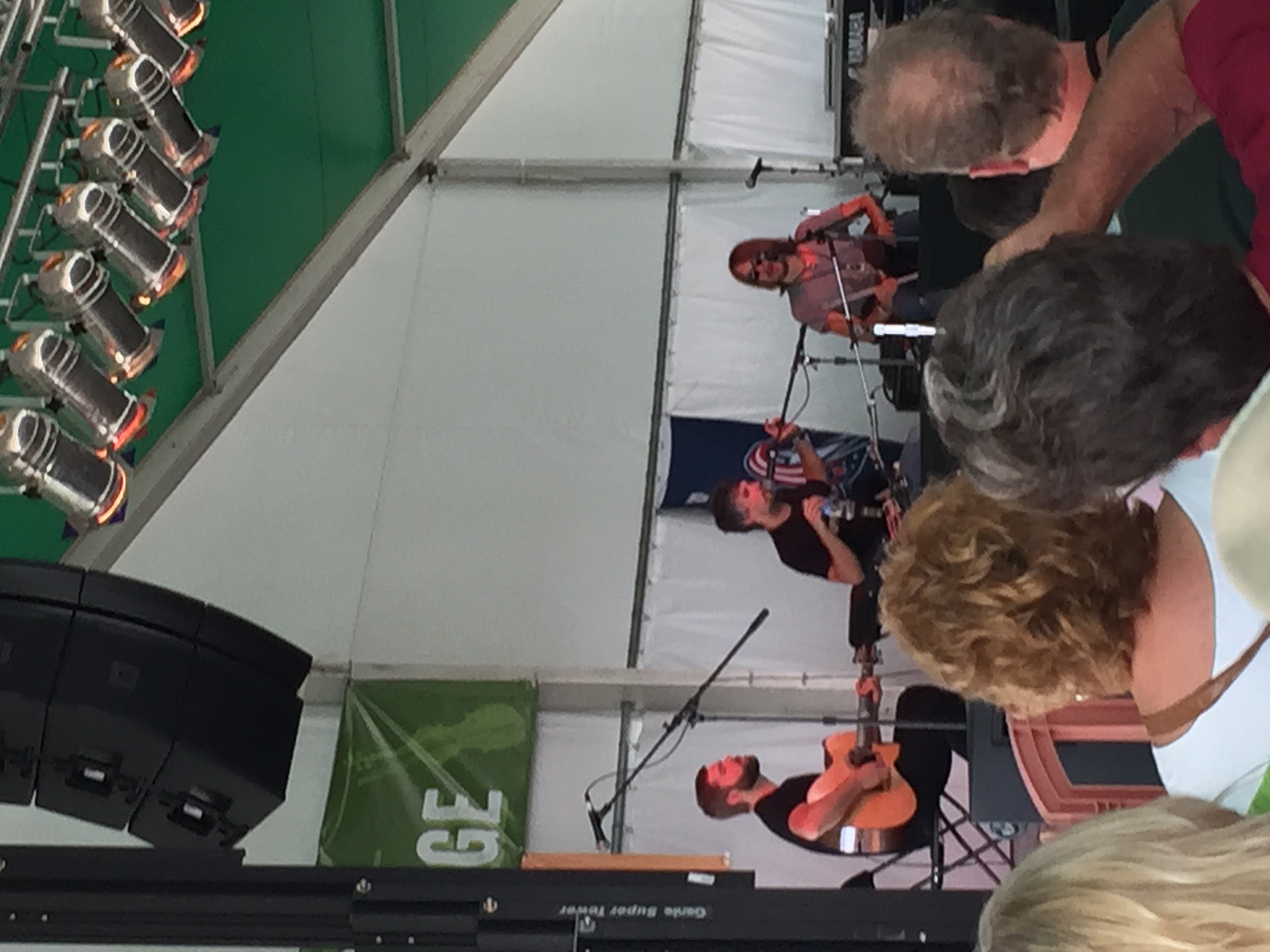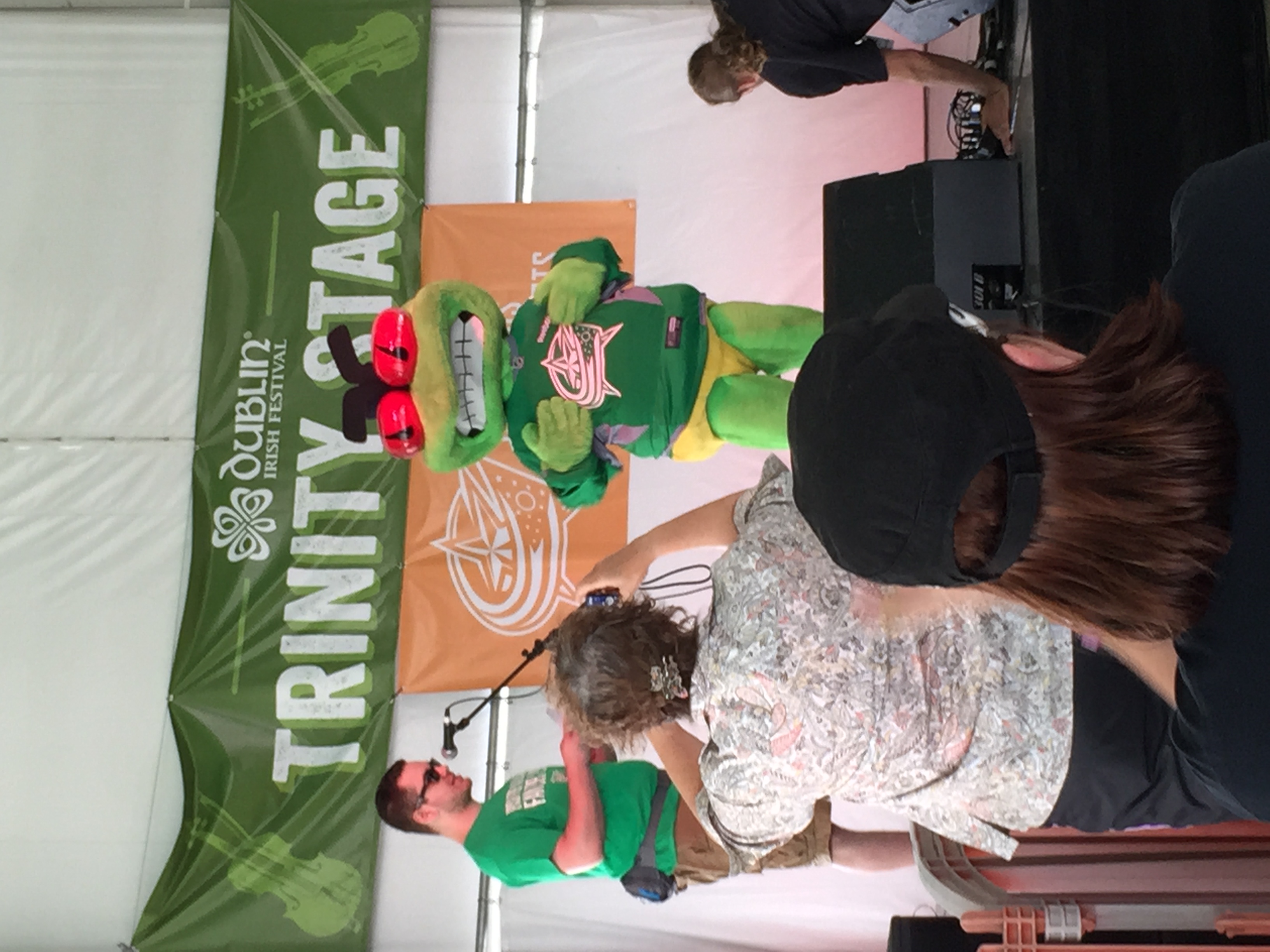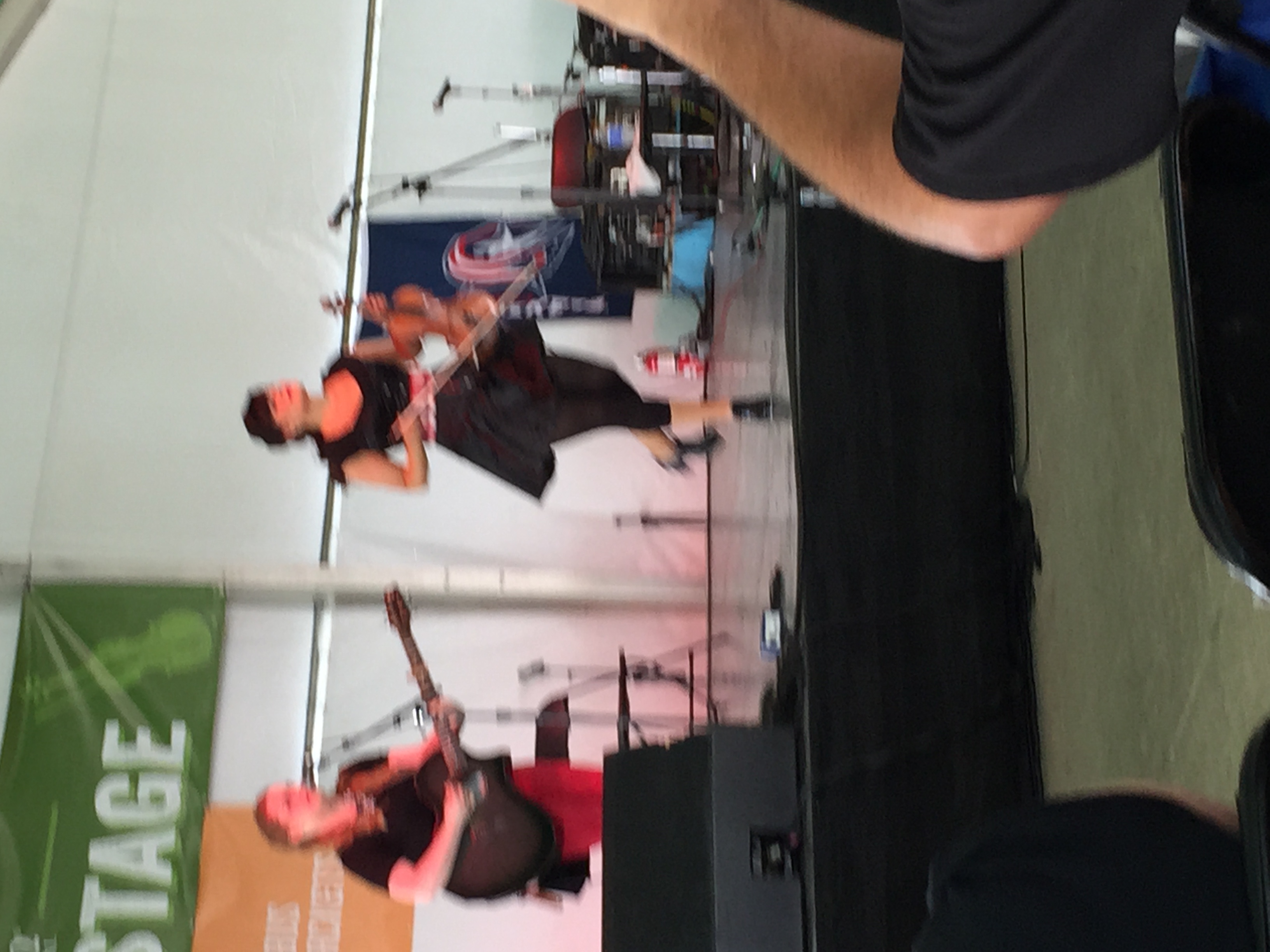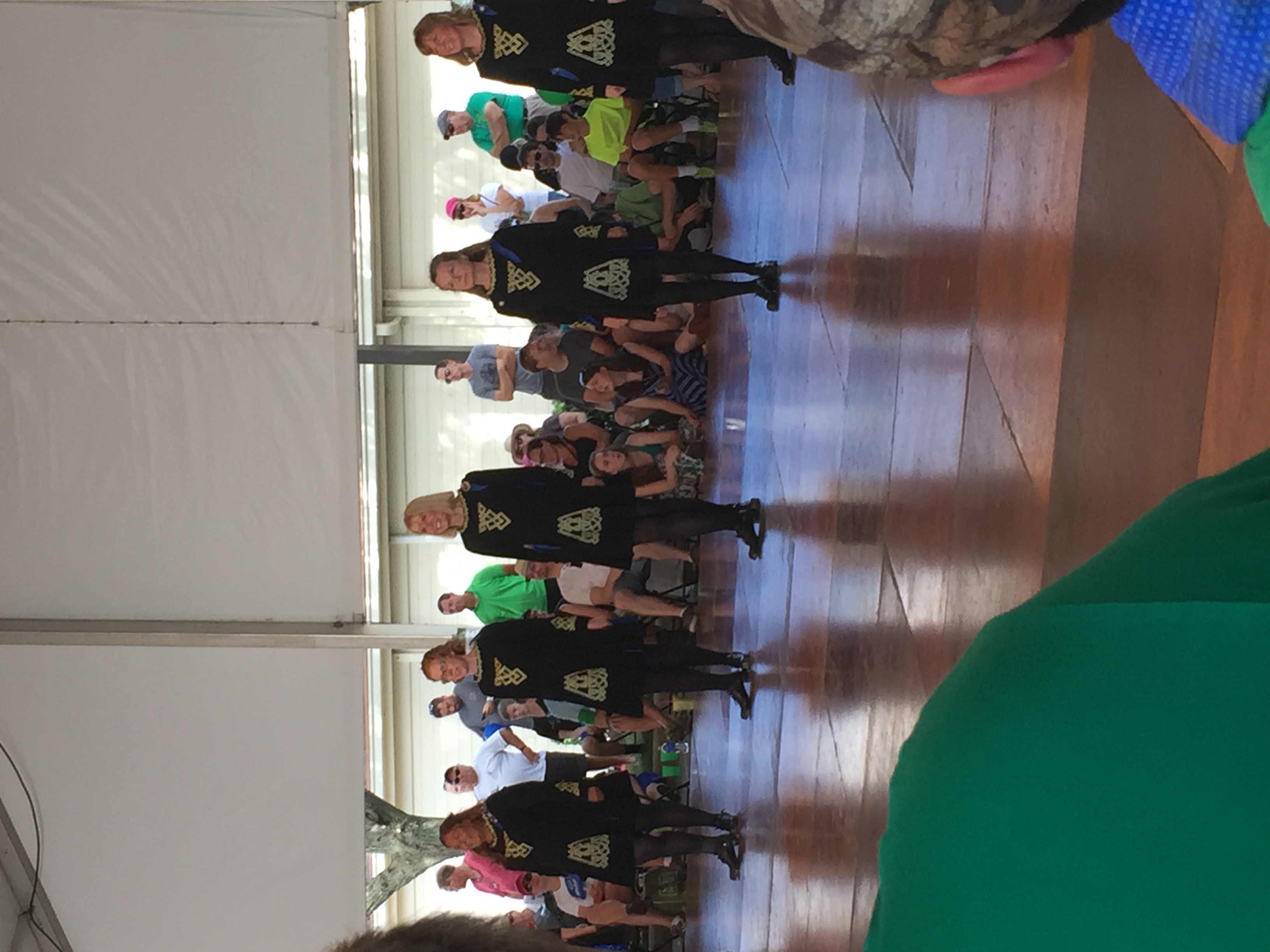Pope St. Pius V basically saved Christendom in Europe--not to mention Europe, period. That's right.
Well, OK. He didn't. The rosary did. But you'll understand more in a second.
Pope St. Pius V is the only Dominican saint who was also a pope. (In the photo above, you can see his habit peeking out from under the surplice.) Born Antonio Ghislieri on January 17, 1504, he entered the Dominican order at the age of fourteen and took the name Michael (or Michele, in French and Italian) as his name in religion.
(Side note: This is why you call Dominican priests/friars "Fr./Br. First name." They chose that name as their name in religion, and they're proud of it! So you can call them Fr. Michael, Fr. Thomas, Fr. Paul.)
Michele was ordained in 1528 and was sent to the Italian town of Pavia, where he served as a priest for sixteen years. While there, he wrote many pieces against the Protestant Reformation. As prior of several Dominican priories, he insisted on discipline, overcoming the lax standards that had been the rule in these priories. He was elected pope on January 8, 1556, right before his fifty-fourth birthday.
He was very important in ensuring the formality of the Mass, and asserted the importance of ceremonials in the life of the church. He also promulgated the 1570 version of the Roman Missal, which we know today as the "Latin Mass", "The Tridentine Mass", or "The Extraordinary form". (Pope Emeritus Benedict XVI allowed this form of the Mass to be more widely celebrated following a molto proprio (meaning "on his own inititative"--it's a type of Apostolic Letter) promulgated in May, 2007.)
He also declared Thomas Aquinas the fifth Doctor of the Church, and supported Mary, Queen of Scots, against Elizabeth I in England. (He's the pope who excommunicated Elizabeth.) He is also credited with the formation of the pope's signature white garments, since the Dominican habit is white.
Like Rose of Lima, Pius V had to deal with a hostile navy--this time, the Turkish navy, in order to prevent Italy from being added to the Ottoman empire, and its Christians being forced to convert to Islam, or become slaves. Pius V had asked the Holy League countries to fight against this invasion. The Pope also asked all of Christendom to pray the Rosary for the success of the fleet. On October 7, 1571, the pope and the Rosary Confraternity of Rome met to pray the rosary for the success of the Holy League ships against the invaders. Don Juan of Austria led the Holy League ships against the Turkish fleet, and routed the enemy near Lepanto, off the Greek coast.
The Battle of Lepanto, by an unknown artist.
Pius V attributed the victory to Mary's intercession. In the Church year, October 7 is the feast of Our Lady of the Rosary. It was originally the feast of Our Lady of Victory, but Pope John XXIII changed it to the current title.
A stained glass window of Our Lady of Victory.
Pius V died on May 1, 1572, of cancer. He was canonized on May 22, 1712, by Pope Clement XI. His feast day is April 30 (right after St. Catherine of Siena!).












































